The Banner Saga series has impressed from the very beginning, and the third and final installment is no exception. Find out more in our full review.
The Banner Saga had always been imagined as a three-part series and due to the excellent critical and commercial reception of the first two installments, indie developer Stoic was able to complete their dreams with the final episode, The Banner Saga 3. Because the series is so interconnected, it is highly recommended that you have played The Banner Saga and The Banner Saga 2 before embarking on this latest adventure. Fortunately, those titles are often available on sales and should be in everyone’s library.
The Story So Far
In The Banner Saga, players first learned of the world’s plight. The sun is broken, and a giant serpent is devouring the earth. You grow to get to know your band of clansmen, heroes, and villains, as the table is set for you to try and solve this crisis. The Banner Saga 2 continued the adventure and built towards a possible solution to the chaos, as you sent your parties across the land, in part to seek refuge, in part to save the world.
The Banner Saga 3 picks up where the main contingent of your party has arrived in Arberrang to seek refuge from the encroaching darkness, and a small group of your heroes is making their way through it, protected by a magical light, in search of the White Tower, a place where all this madness can be undone. Or so goes the premise. The Banner Saga 3 remembers all of your previous choices, allowing you to import your earlier saved game. This is important because so much of what happens in this game depends on the choices you have made in the past, and the decisions you’ll make in the future. Don’t kid yourself, The Banner Saga may be fantastical, but it is no fairy tale. While you never entirely lose hope that all will end well, it soon becomes clear that there may be no such thing as a happy ending.
Combat Refined
The combat system in The Banner Saga 3 expands on its previous releases by adding a few new game mechanics. The traditional turn-based approach hasn’t changed, and you’ll still choose from your band of heroes, position them in a checkerboard-like playing arena. What’s new this time around is that the stage itself may contain physical obstacles that can serve as barriers. These may be used to your advantage, but may also block you from being able to maneuver as you wish. All can be destroyed, but that will eat up precious time, so the choice is once again on your shoulders.
Battles play out very similarly to the rest of the series, with each combatant possessing a number of armor, strength, and willpower points. Break an opponents armor to be able to do more damage to their strength pool. Willpower will allow you to move further, or hit harder, but doesn’t regenerate. This time around, Stoic has added a wave system to some of the more critical battles. At the end of a fight, you can choose to continue fighting or flee. You’ll have a chance to replenish your board with fighters from your reserves, which is a lovely touch, as it allows for much broader use of your heroes. Too many times did I just come to rely on the same six or seven fighters in the past. With this system, I was able to get to know other characters, ones that I was perhaps not confident enough to start a conflict with.
Of course, the enemy will also replenish their fighters, with bigger and tougher opponents each round. Should you make it to the end, you’ll be rewarded with an item that can be used by any of your heroes. Each hero is now able to be equipped with a singular item that provides additional bonuses to their talents or traits. For example, you can turn one of your tanky heroes into an even juicier target for your opponent by equipping them with an item that adds Aggro, buffs their armor, and provides additional protection for nearby allies. While it’s easy just to equip whatever the highest level items you have available, it’s wise to learn the ins and outs of how each bonus can affect your squad’s ability to win a fight.
I Love My Heroes
Your list of heroes is made up of most of the ones you recall from the earlier titles, with a few old friends coming to rejoin the group. You’ll also meet new characters along the way, some more surprising than others, that will help round out your party. A new feature introduced in The Banner Saga 3 are heroic titles. These are ways to spend additional renown points to upgrade your heroes in particular areas. These decisions are permanent, so be mindful of that, but they can turn your heroes into powerhouses on the battlefield. Invest enough points in a heroic title called The Unbent, for example, and that particular hero will be extra tough to defeat. Heroic titles are a welcome addition that allows you to customize your band of heroes to precisely the kind of tactical game you like to play.
In the title of this review, I mention the word “grim,” and The Banner Saga 3 certainly forces you into some seriously dark places. You’re always tasked with having to choose between two bad outcomes and it is up to you to decide on the lesser of two evils. In the end, that means that not everyone will continue to the end of this story, and you may quickly want to begin an entirely new playthrough immediately after completing the campaign in hopes of finding a different, less tragic outcome. Unfortunately, or perhaps rather deliberately, there is no quick way for you to revert a decision. You can manage your saves along the way, but often you’ll come to find out that a choice you made an hour ago has resulted in events that are hard to swallow. No doubt that is part of the appeal of The Banner Saga as a series, however.
Of the course of The Banner Saga 3, you’ll come to learn more about your heroes, old and new. Relationships will flourish and deteriorate, and Stoic gives you plenty of leeway along the way to discover more about these characters. The story this time around isn’t as long as previous installments, so don’t feel the need to rush through anything. Spend the time to talk to your fellow clanmates and explore all their own stories. Once again, the writing is brilliantly done, and you can feel a real connection to these characters, especially when things get difficult. Or I should say, more difficult, considering the world is already engulfed in darkness and being swallowed by a giant worm.
It’s Too Pretty To Die
Graphically, The Banner Saga 3 continues the distinct art style that made the series famous. Every scene looks to be hand-drawn, and each of your party members has been lovingly created. You won’t see a tremendous amount of variety this time around, as most of the events take place in the city of Arberrang, which you’re desperately trying to keep from being overrun, or in the protective bubble of light as your scouting party traverses the darkness. Still, the environments are unlike those of the previous games and as such offer enough variety to stay fresh. The ending itself is beautiful in its own right, and it always feels like the scenes you’re looking at are well supported by an excellent original score.
At times during cutscenes, my PC strangely struggled to keep things smooth, which seemed odd given that the graphics, while gorgeous, shouldn’t be terribly resource-intensive. I also encountered a couple of crashes to the desktop, though I suspect all this can easily be addressed by an upcoming patch.
In the end, The Banner Saga 3 gave me a solid 10 hours of delightful content. It provided a satisfying, though undoubtedly grim and powerful, ending to a story that hasn’t left my mind since I played the very first few minutes several years ago. Stoic has done a wonderful job with this final installment, and in fact the series as a whole, and I can’t wait to see what they come up with next.

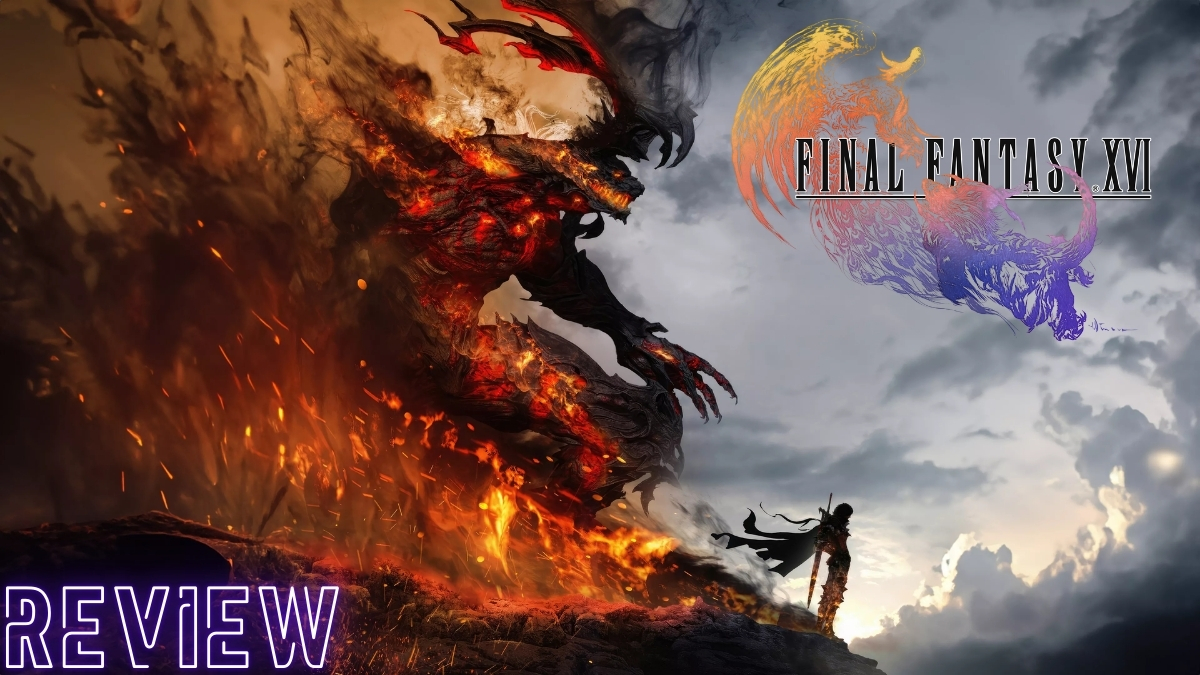
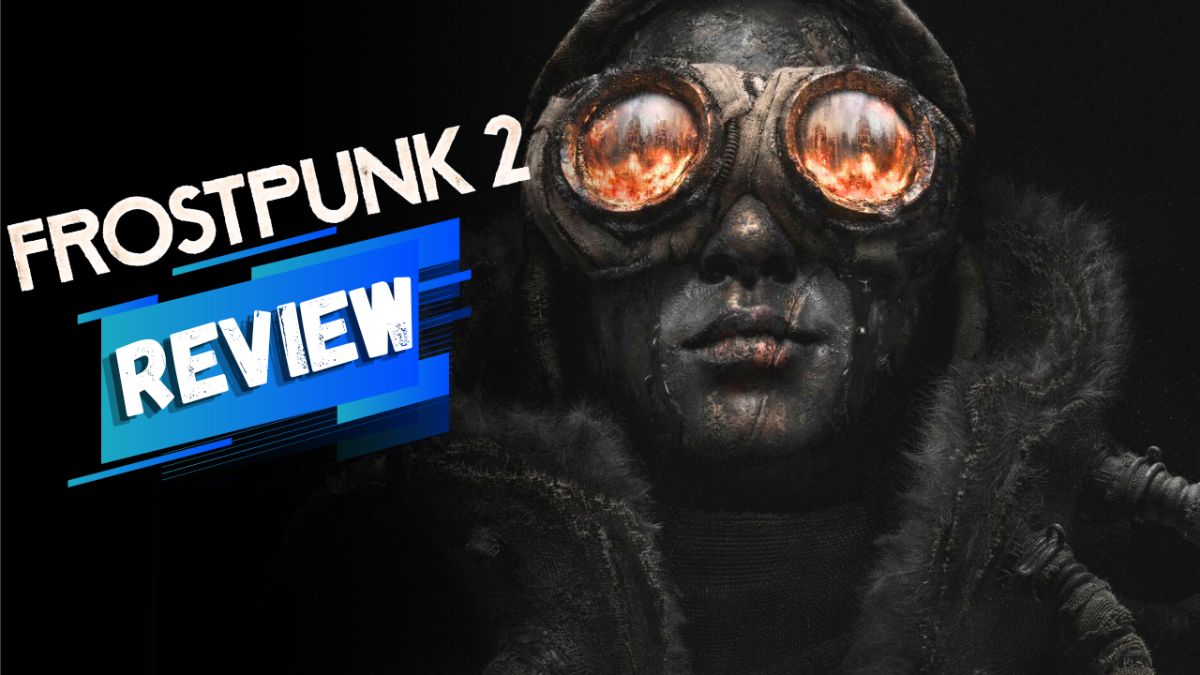
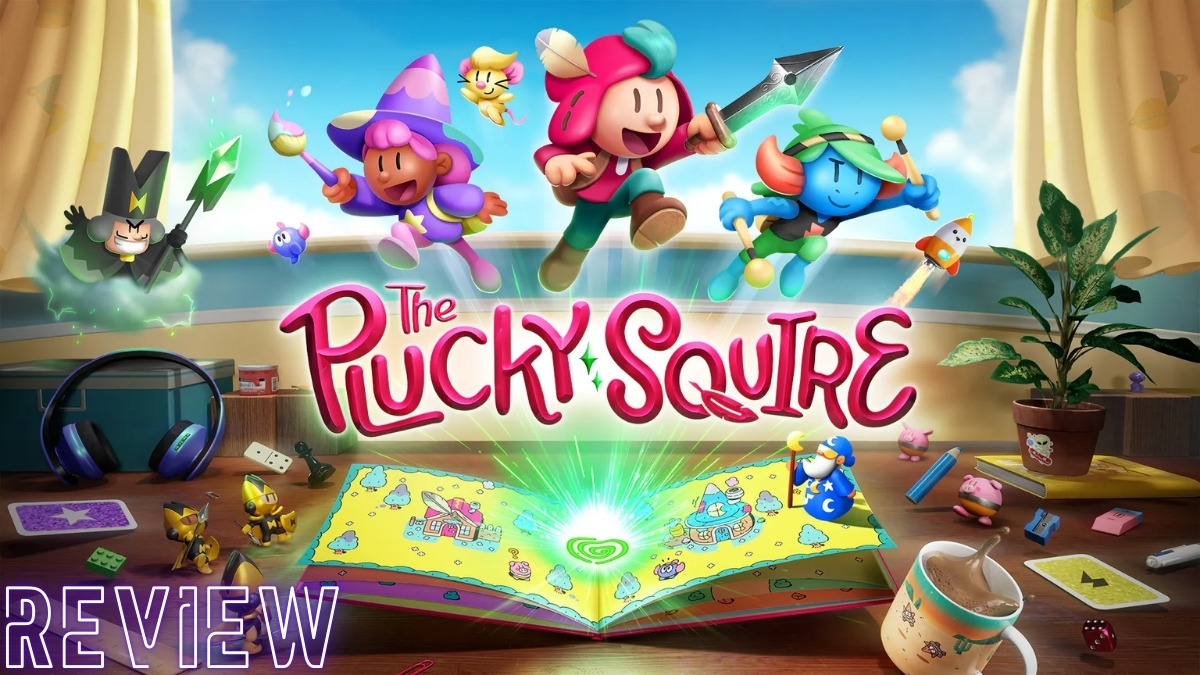
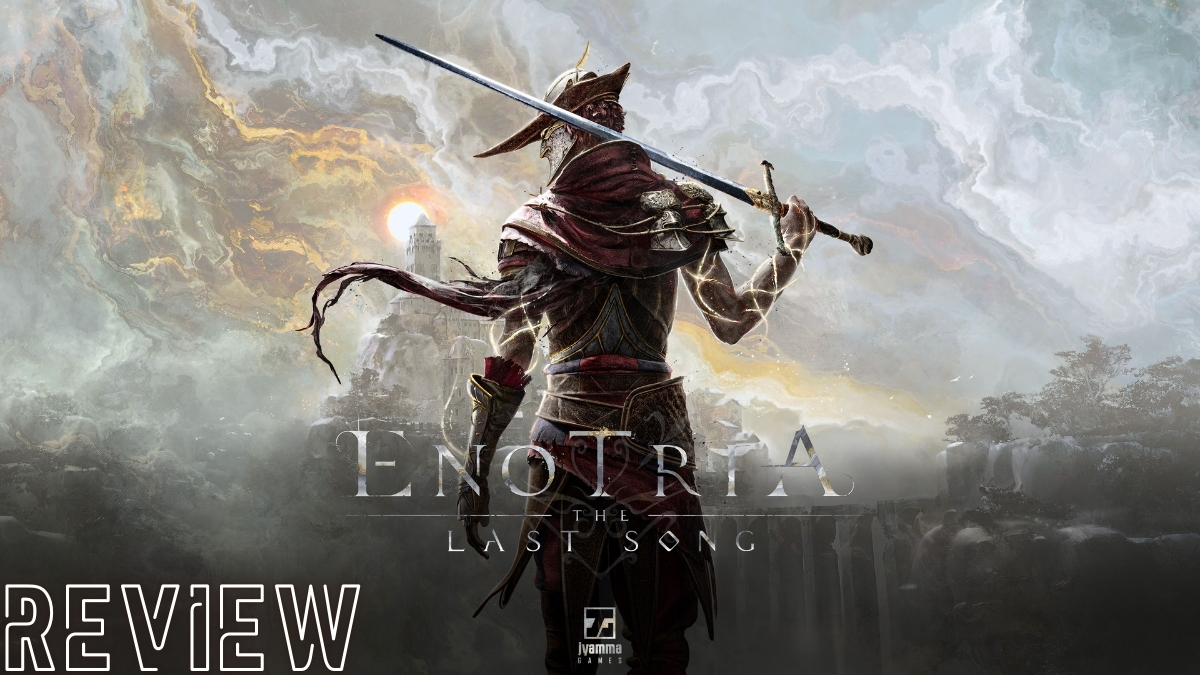
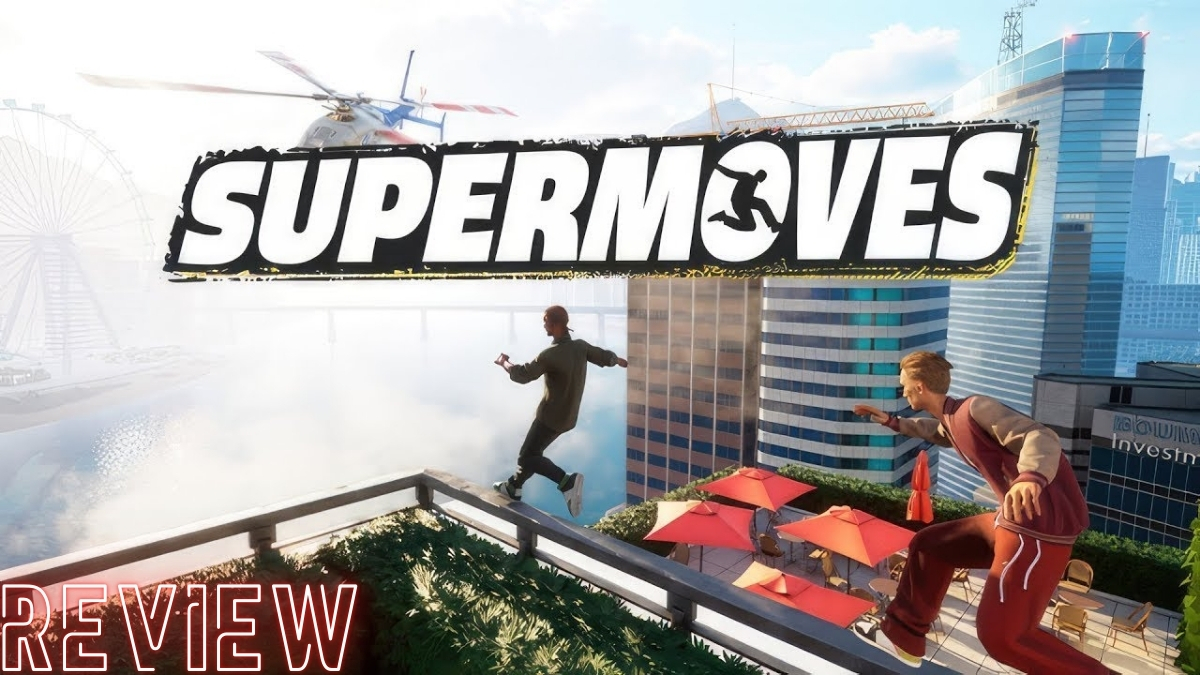
Published: Jul 26, 2018 05:09 pm